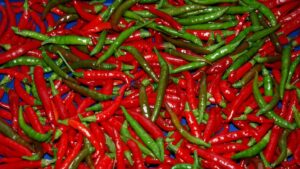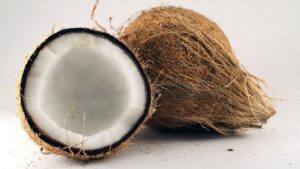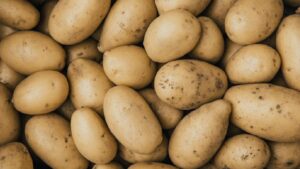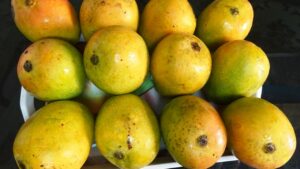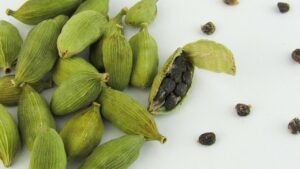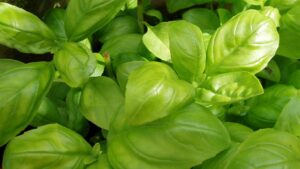Sugar is a common ingredient in many Indian cuisines. It is mainly used for two reasons – to balance taste and bring colours to the dish. Indians were not familiar with the use of sugar until Portuguese introduced it in the country.
These days, sugar is widely used in a variety of dishes, from syrups to deserts, sauces to curries and many more.
However, use of sugar is region-specific, implying that some regional cuisines make good use of it whereas in other varieties, it is either absent or used sporadically.
Sugar is of different types and qualities. But the commonest of them are white sugar and brown sugar.
The former is used in cooking curries, drinks, sauces and Indian deserts whereas light brown sugar is mainly used in making cakes, doughnuts and sweet rolls.
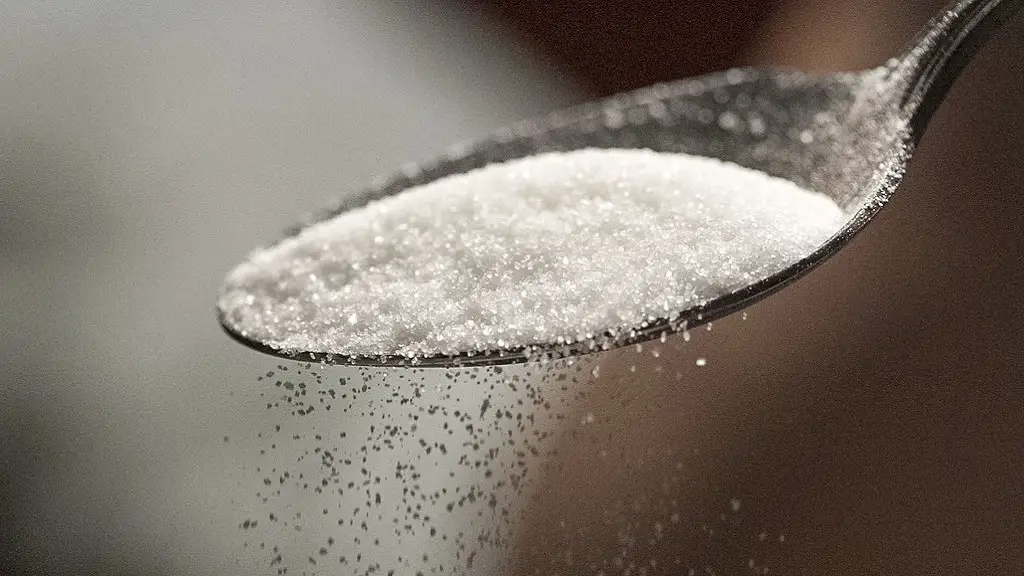
Uses of Sugar in Bengali & Indian Cuisines
Sugar is a powerful ingredient to balance out the flavours in any dish it is added to. If added at the starting of cooking, it adds a very rich colour to curries.
In some parts of India, sugar is added to curries as a taste balancing agent or for colouring. For example, in Bengal, sugar is added to vegetable curries.
Usually, the ghotis (those who are the original inhabitants of West Bengal) have a habit of using sugar in curries, especially veg types and even in some non-veg dishes that don’t use onion.
But the bangals (those from Bangladesh) usually don’t use sugar; rather they use natural sweetening agents such as shredded coconut or coconut milk to sweeten the dish.
Sugar is not normally used in non-veg items that involve onion in preparation.
If onion slices, mixed with a little amount of salt, are slowly cooked on a low flame for a long time, it adds sweetness to the dish. Therefore, adding further sugar will make it too sweet to call it a curry.
In Gujarati cuisines, sugar is used in many dishes because they prefer a sweet taste. On the other hand, Kashmiri cuisines don’t use sugar.
Such variation exists in Indian cuisines and makes it greatly diversified and delicious than any other culinary culture.
Sugar is used in cooking a variety of deserts. It is one of the ingredients in kheer, castards, pudding, peetha, rasgulla and many other sweet dishes.
In some dishes, sugar is replaced with jaggery for health reasons and also due to the fact that jaggery adds a light pinkish look to the desert.
Sugar contributes to the sweetness of cakes, chocolates, doughnuts, sweet rolls, pastries and many more deserts widely considered as non-Indian delicacies.
Sugar is a must-add ingredient in many drinks and syrup. It is added to both hot drinks such as tea, coffee and many normal drinks with a sweet-sour taste.
Sugar is used to make a variety of smoothies. It is also used to prepare pickles and sauces. Usually sugar is replaceable by jiggery in pickles but not in sauces.
When Should You Add Sugar While Cooking?
If you want to add colours, use it at the start of cooking. But if you are more in favour of sweetness, add it at the end of cooking.
If you are preparing kheer, sugar must be added at the end; otherwise, rice won’t boil properly.
Questions & Answers:
What is the Taste of Sugar?
The name reveals everything….Sugar tastes sweet.
Can You Add Sugar to Boiling Water?
If you add sugar to boiling water, it will only increase the boiling point of the liquid.
Is Sugar a Spice or Seasoning?
Sugar is a sweetener – much different from spices and seasoning.
What Foods Can You Put Sugar on?
You can sprinkle icing sugar on some cakes, sweet rolls and pastries. The presentation looks good.
Which Sugar is Best for Cooking?
Plain white sugar is best for cooking. Brown sugar is good for sweet dishes, cakes and p[pastries.

